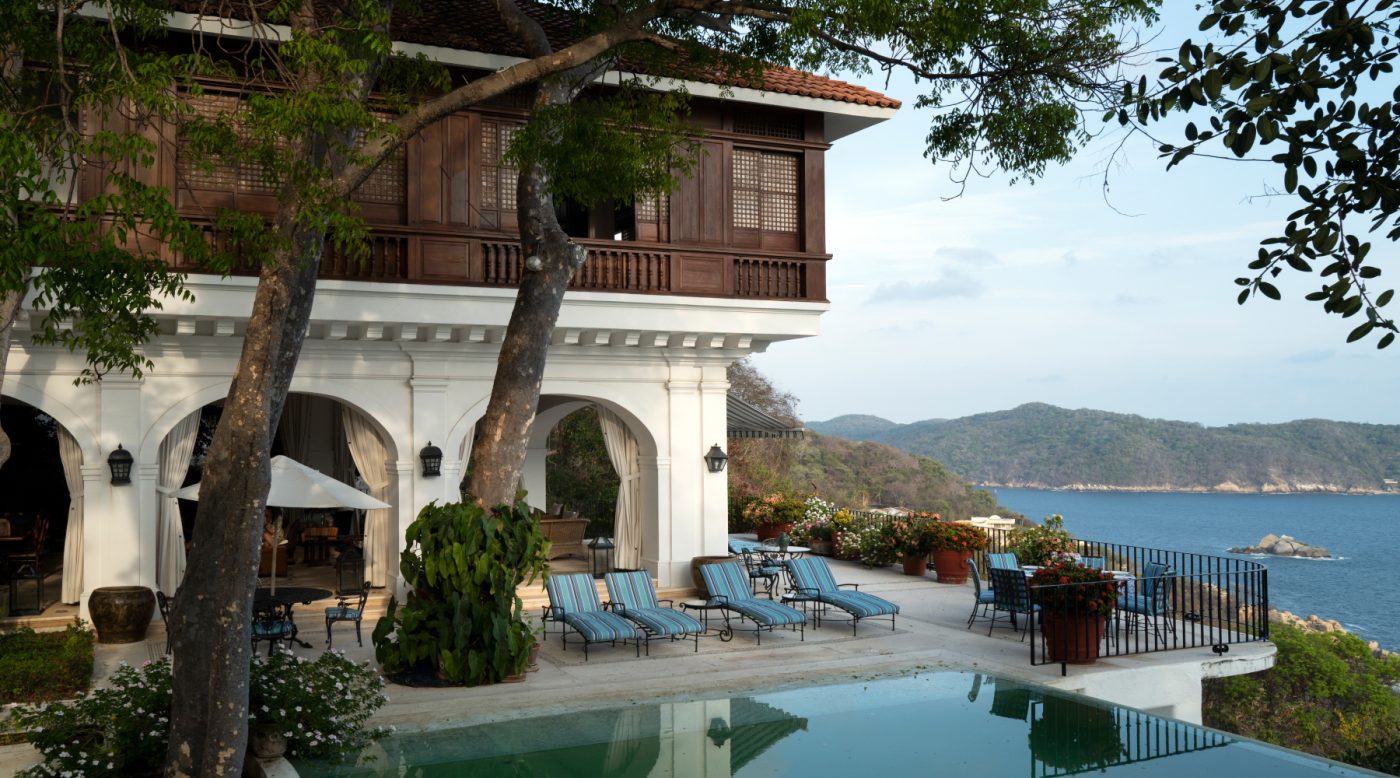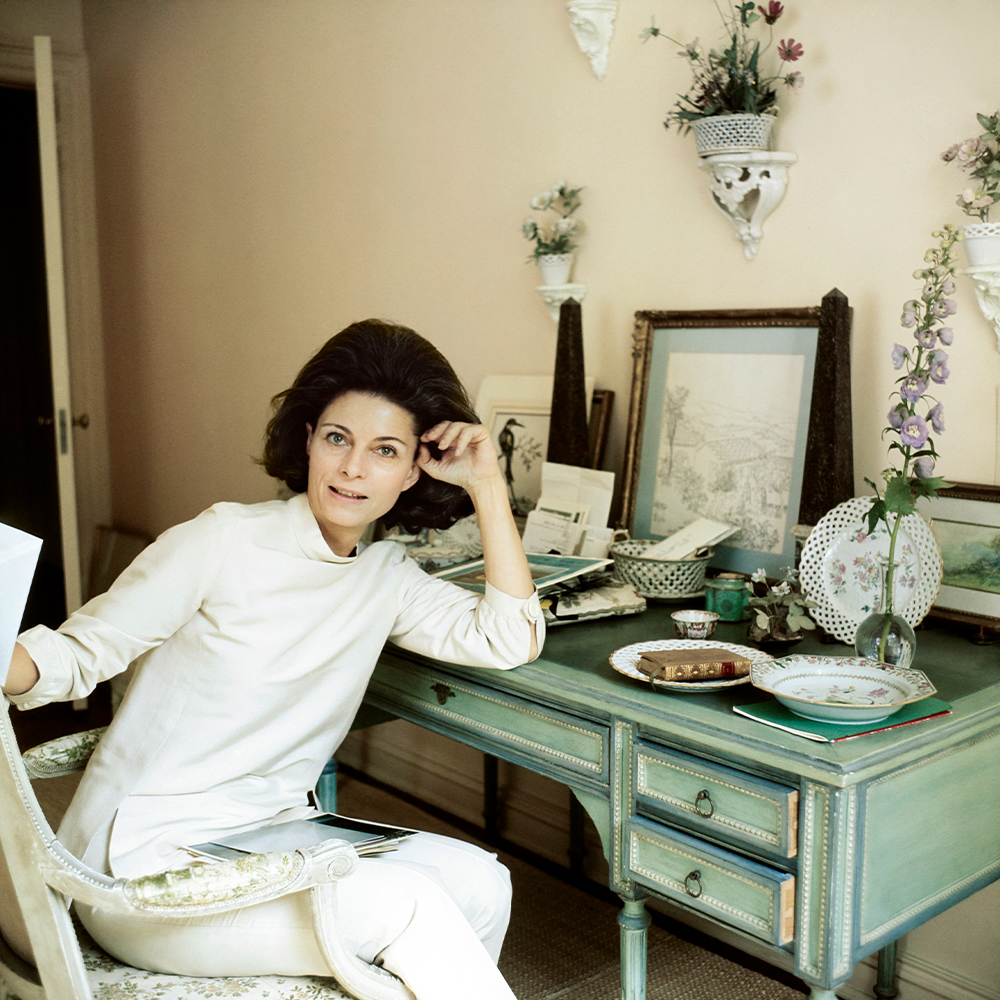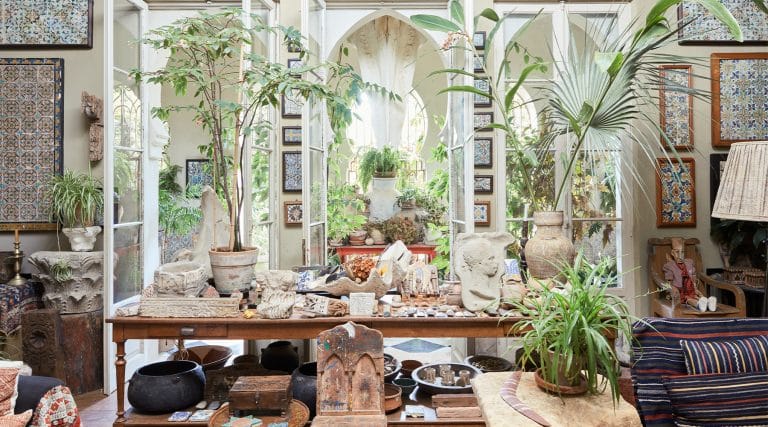As we enter the whirl of holiday party season, it seems a most welcome time to look at the commodious, soiree-ready homes presented in Jorge Loyzaga: Classical and Harmonic Proportions, published this fall by Rizzoli. Built for entertaining on a grand scale, these elegant but never stuffy spaces invite us to dress up, pour ourselves a glass or two of champagne and step into a more formal, but no less fun, world.
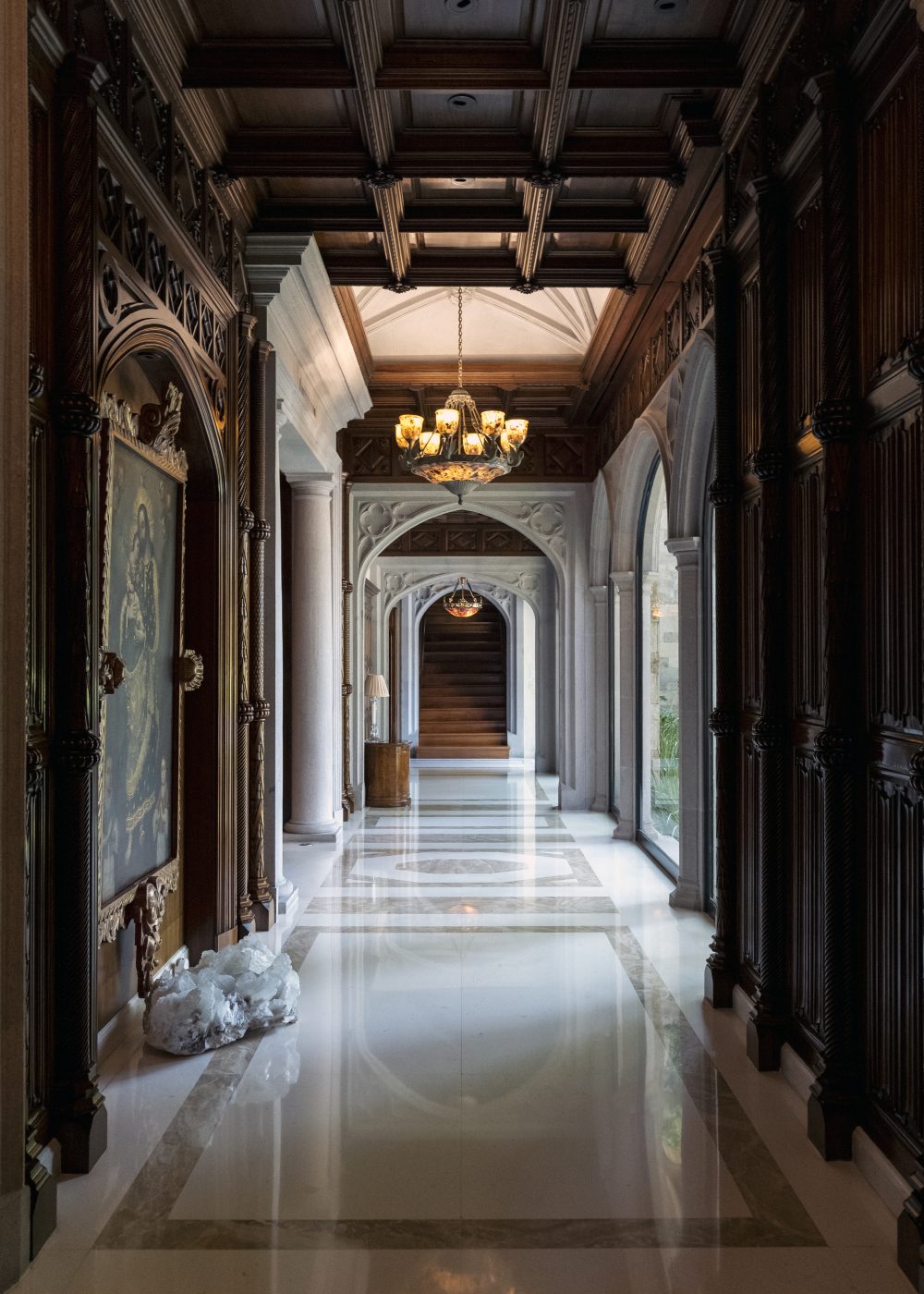

A renowned Mexico City–based architect and restorer of antique buildings, Loyzaga founded his eponymous firm in 1969, and he now runs it with his daughters, Sophia and Fernanda. (Their studio also creates neoclassical and old-world-inspired furniture, which it sells through a 1stDibs storefront.)
The new book — with thoughtful text by editor and creative director Philip Alvaré and copious rich photographs by Mauricio de la Garza Clariond — covers a huge range of styles, from Balinese to English Tudor to Indian Mughal. All the homes, however, are in Mexico, and Mexican Colonial is the style that appears most frequently, albeit with a strong neoclassical bent.

Loyzaga gravitates toward colonnades, coffered ceilings and stained glass — in other words the most complex enhancements that traditional domestic architecture can boast. No wonder Alvaré cites Edith Wharton and Ogden Codman Jr.’s The Decoration of Houses as a Loyzaga touchstone. That 1897 volume serves as the urtext of classical design for many.


Loyzaga’s homes are “instruments for a gracious lifestyle that celebrates the art of living,” Alvaré writes — and such sweeping statements are supported by the elaborate details on display. At the English Jacobean–style Casa La Aventura, in Northern Mexico, for instance, the Gothic hammer-beam ceiling in rich, dark wood makes such a big impact that the room could be empty and still succeed. (Far from empty, it in fact sports striped upholstered furniture and elegant oil paintings, not to mention a parquet floor.)
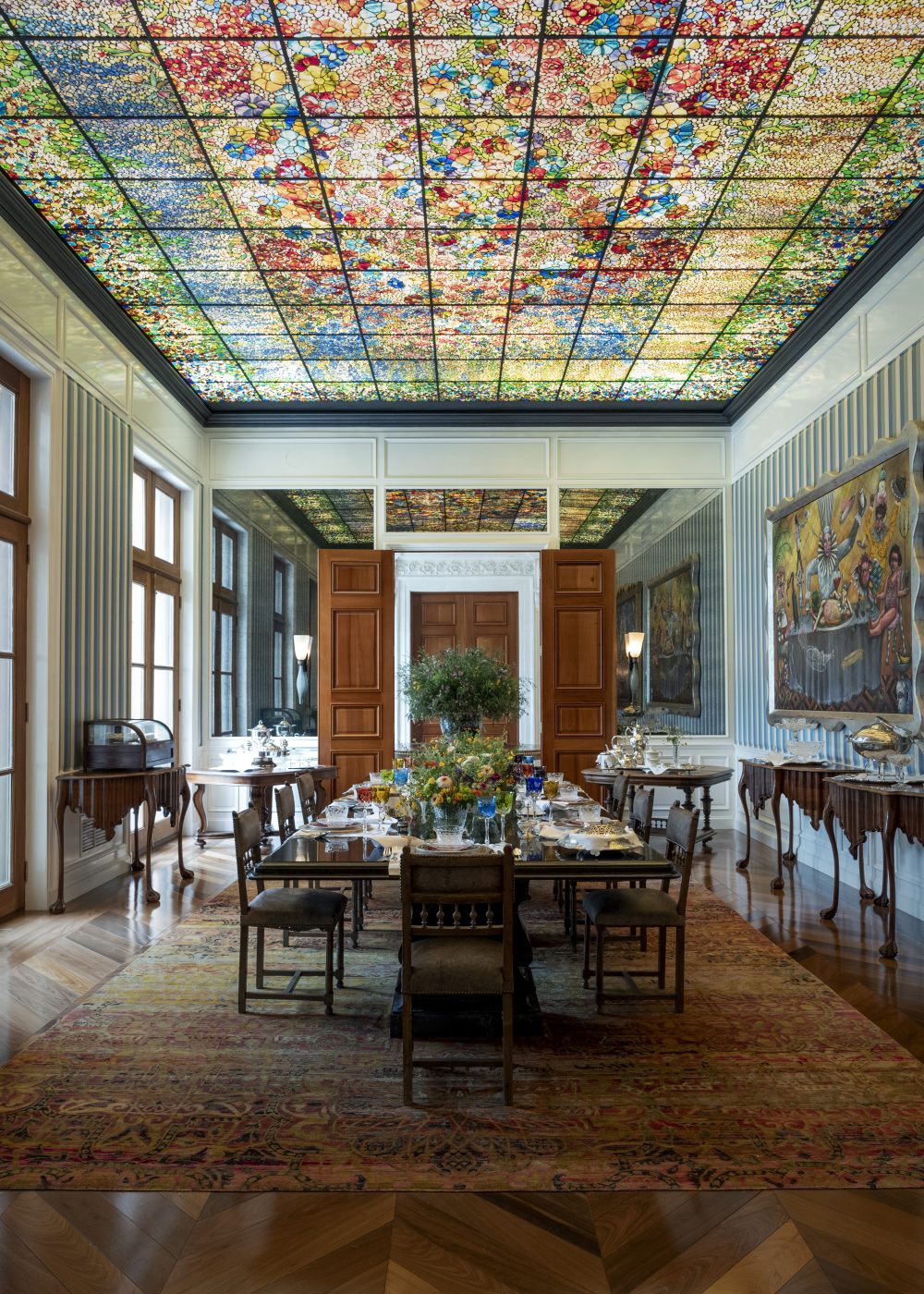
Classical details in other homes are equally impressive: A Tiffany-glass ceiling — originally from New York City’s Russian Tea Room — adorns the dining room of a French-ish manor house in Monterrey, Mexico. Custom Aubusson carpets cover the floors of the barrel-vaulted loggia of a Tuscan-inspired estate in the Western Sierra Madre. Blue-and-white late–Ming dynasty ceramic plates and an antique Russian crystal chandelier decorate another dining room, this one in a residence in the Eastern Sierra. Artworks by such masterful Mexican modernists as Rufino Tamayo, Juan Soriano and Alejandro Colunga add contemporary-leaning elan.
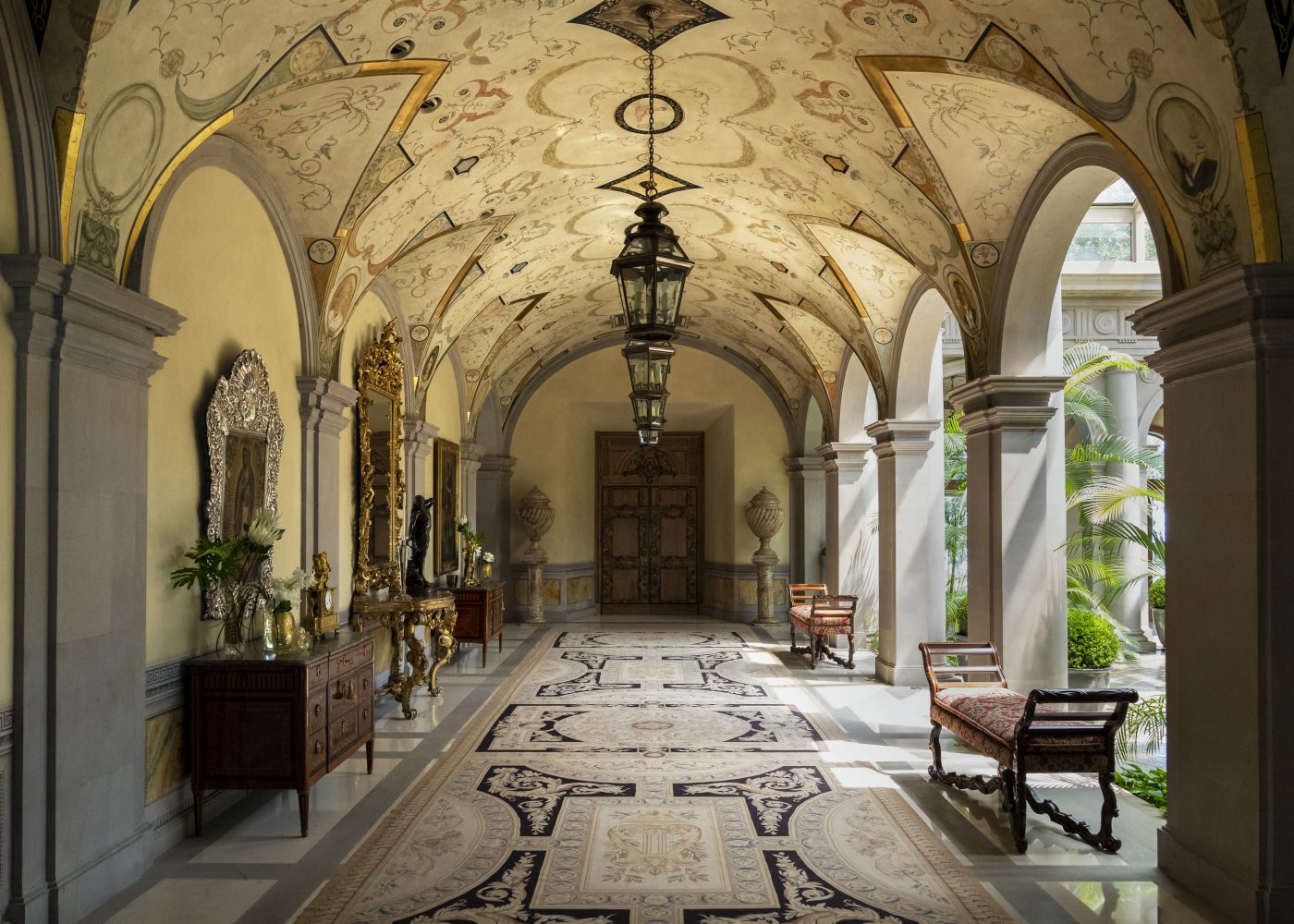
To create one wing of his own mountainside, ocean-view family retreat in Acapulco, Loyzaga topped a plaster-clad arcaded ground floor he designed with an entire 18th-century carved-wood house from Manila he had shipped from the Philippines. The home has reticulated, latticework-pattern window shutters, made by his firm, which have translucent capiz-shell inserts instead of glass, a brilliant use of an ancient Philippine technique.
Like each of the 18 projects featured in the book, this Acapulco home gives readers the sense that Loyzaga and his collaborators have meticulously crafted their design. Sifting through hundreds of years of classical design from all over the world, they seamlessly synthesize the best elements for creating an elevated experience today.

